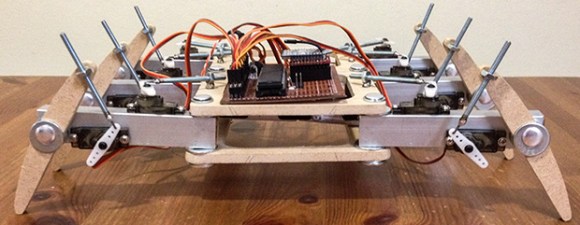
Many of us spend so much time looking down at our phones that we miss the world all around us. [Dhairya] hopes to change that with Super Shoes, a pair of enhanced insoles that let your toes do the navigating while you enjoy the sights. Each insole has a Bluetooth radio and a microcontroller. Three coin cell vibrator motors act as an output device under the small toes, while a capacitive touch pad under the big toe handles input. Careful positioning of the electronics keeps the foam insoles flexible.
Using the shoes is as simple as walking around. Say you needed walking directions. You would set the destination on your smartphone. The shoes would then tie in to your smartphone’s GPS and maps application. From there, it’s simply a matter of following your toes. If the toes on your left foot vibrate, turn left. Vibration on the right foot indicates a right turn. When your destination is at hand, both feet will vibrate rapidly to celebrate.
[Dhairya] envisions a cloud service called ShoeCentral which will store a database of the user’s likes and dislikes. Based upon this data, ShoeCentral will guide the user to new restaurants or places they may like. All of this and hands free? Where do we sign up?


 Would you believe that some people think the internet is a time waster? Well, not at this particular address of course, but we can think of some other sites that are absolute rabbit holes without so much as a rousing game of croquet at the bottom. If you need help achieving what Tim Ferriss dubbed a Low Information Diet, there are browser extensions that will block your access to sites that keep you from getting things done. [Ivan’s girlfriend] has taken this time management tack seriously and even created a simple web page that states “Don’t Waste Your Time!” that will show if she tries to get to Facebook.
Would you believe that some people think the internet is a time waster? Well, not at this particular address of course, but we can think of some other sites that are absolute rabbit holes without so much as a rousing game of croquet at the bottom. If you need help achieving what Tim Ferriss dubbed a Low Information Diet, there are browser extensions that will block your access to sites that keep you from getting things done. [Ivan’s girlfriend] has taken this time management tack seriously and even created a simple web page that states “Don’t Waste Your Time!” that will show if she tries to get to Facebook.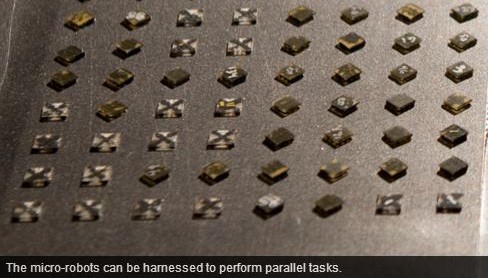

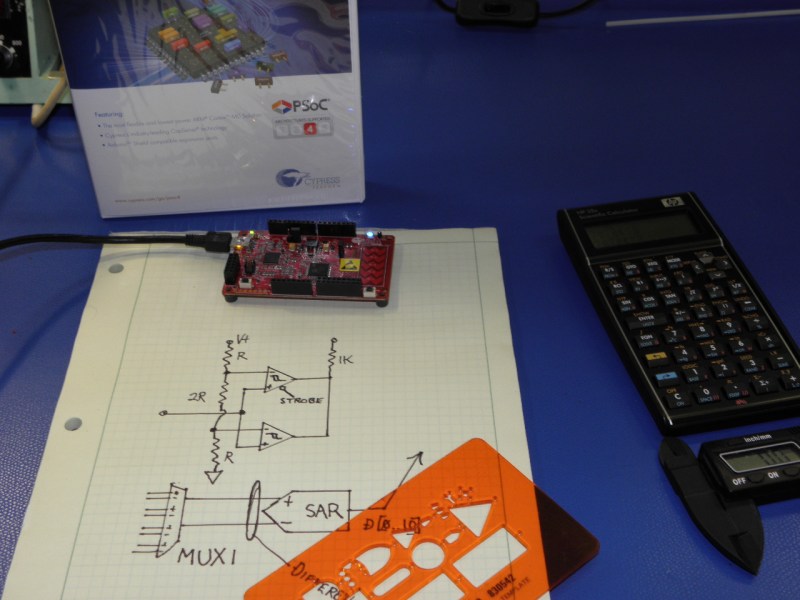
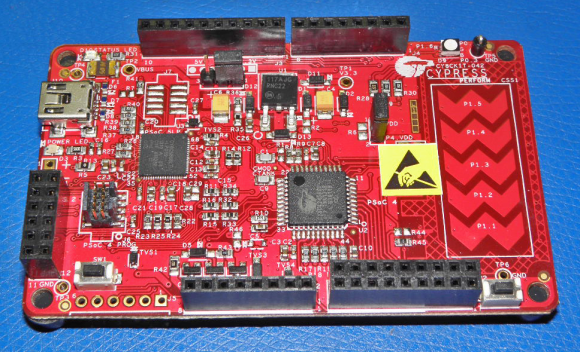

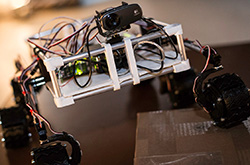 First up in the ‘real life science fiction’ category is
First up in the ‘real life science fiction’ category is 